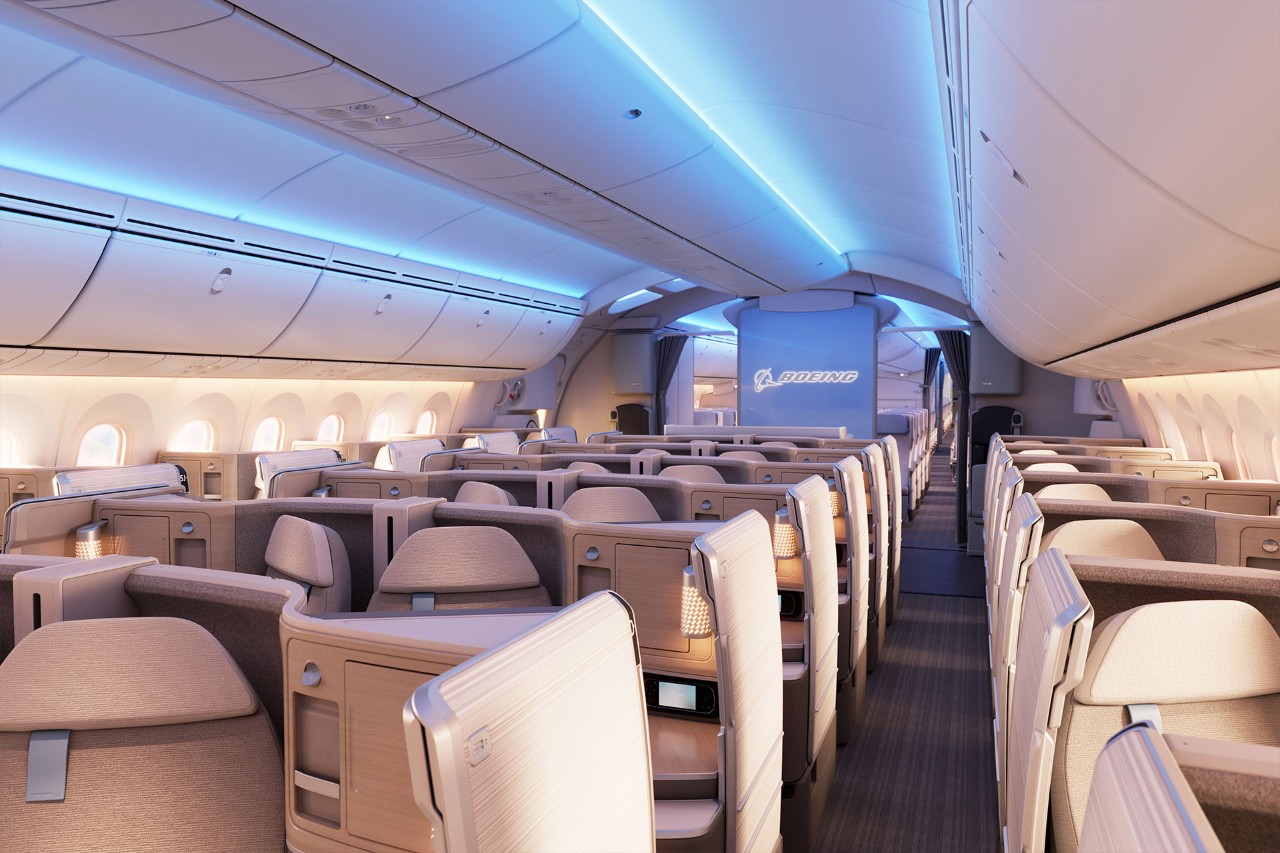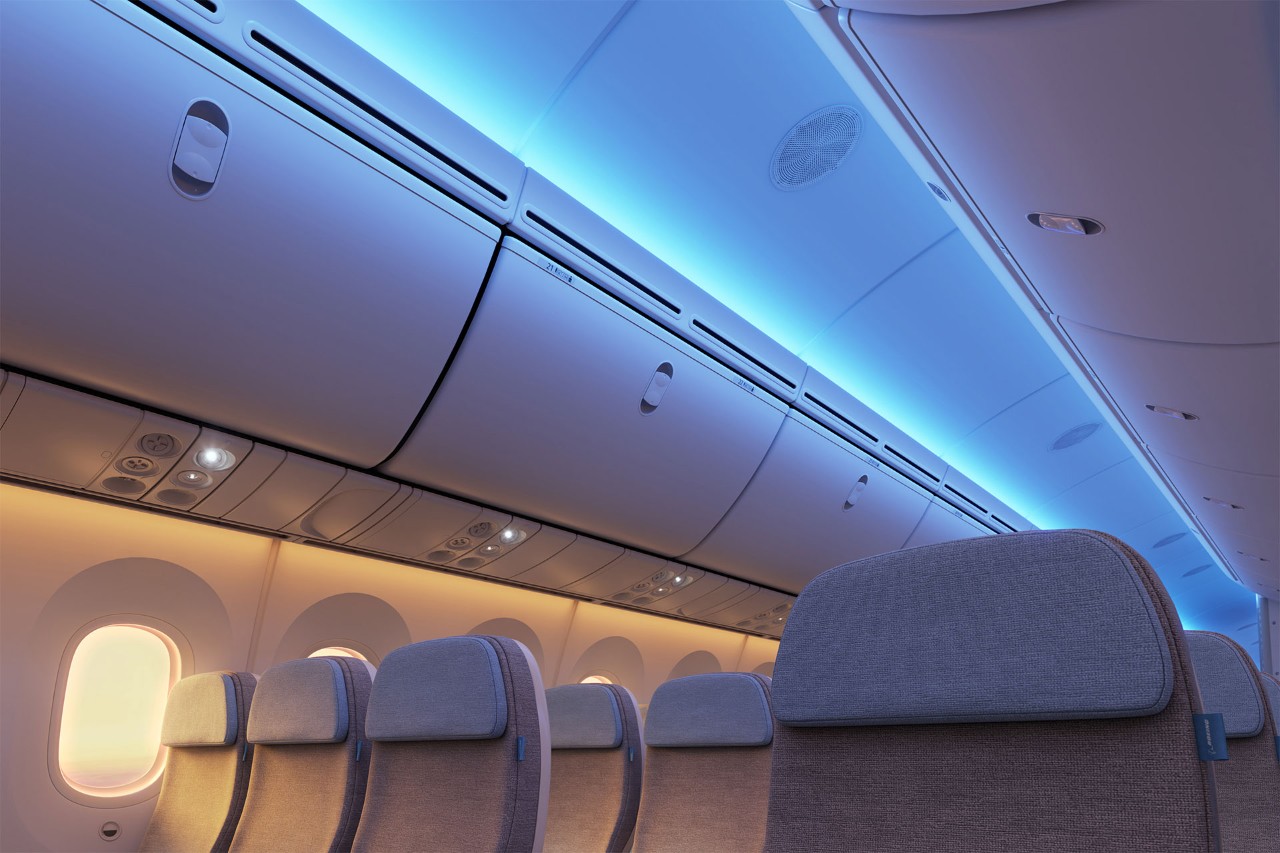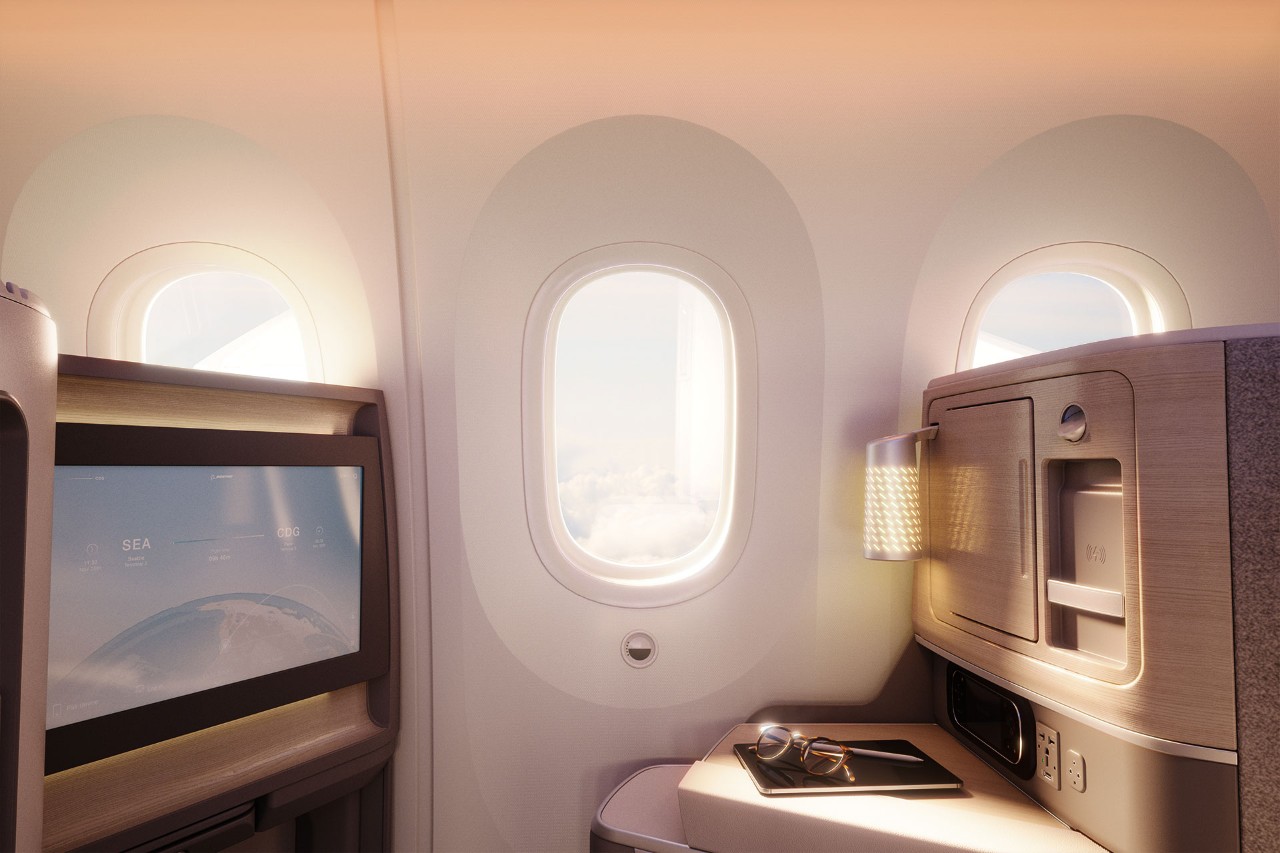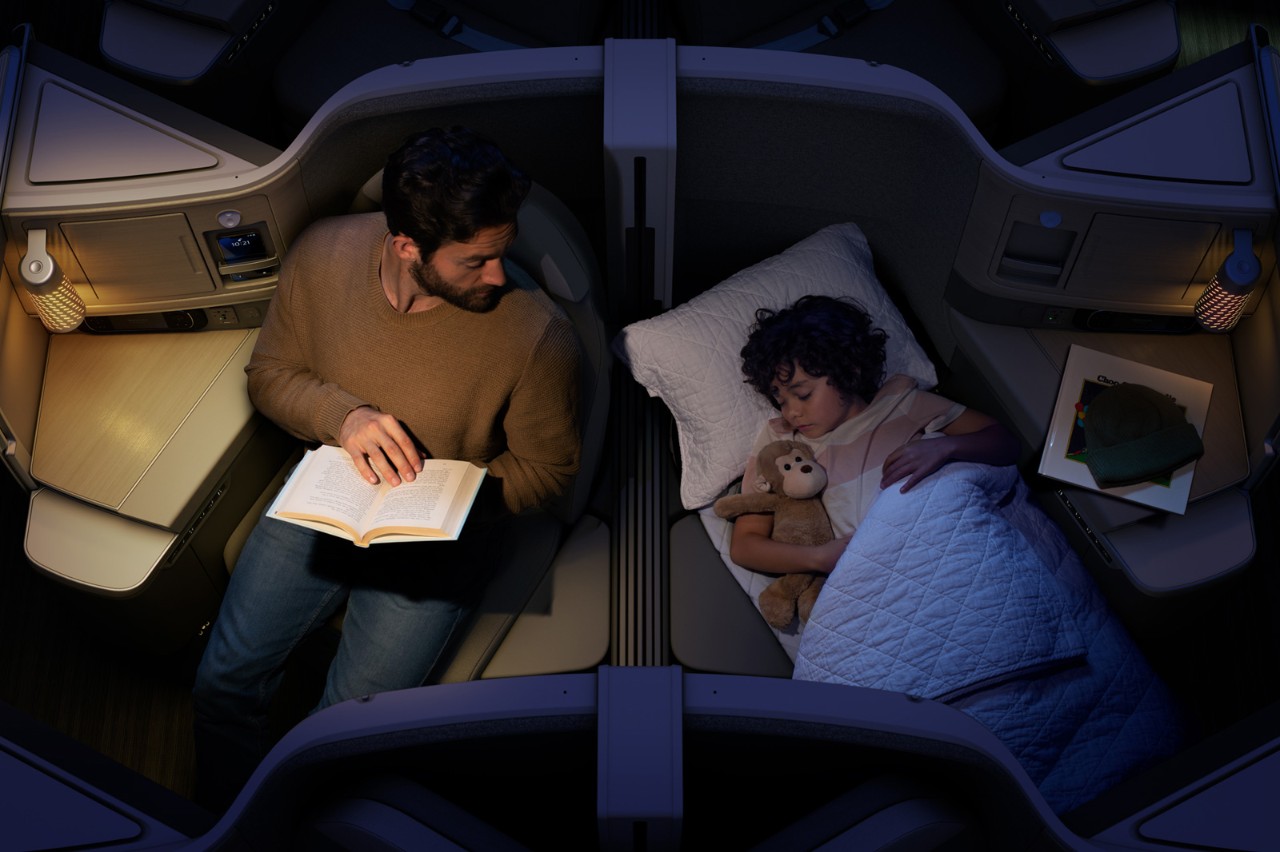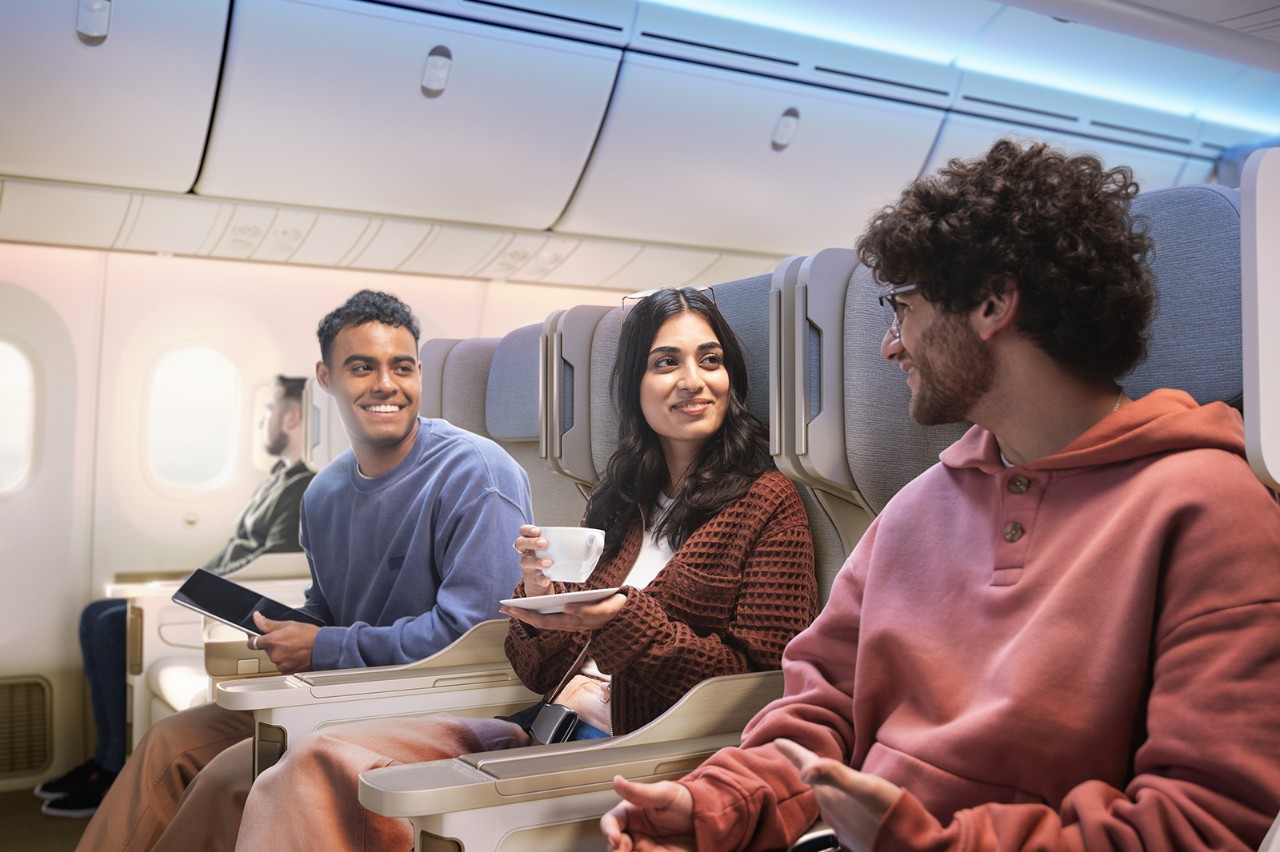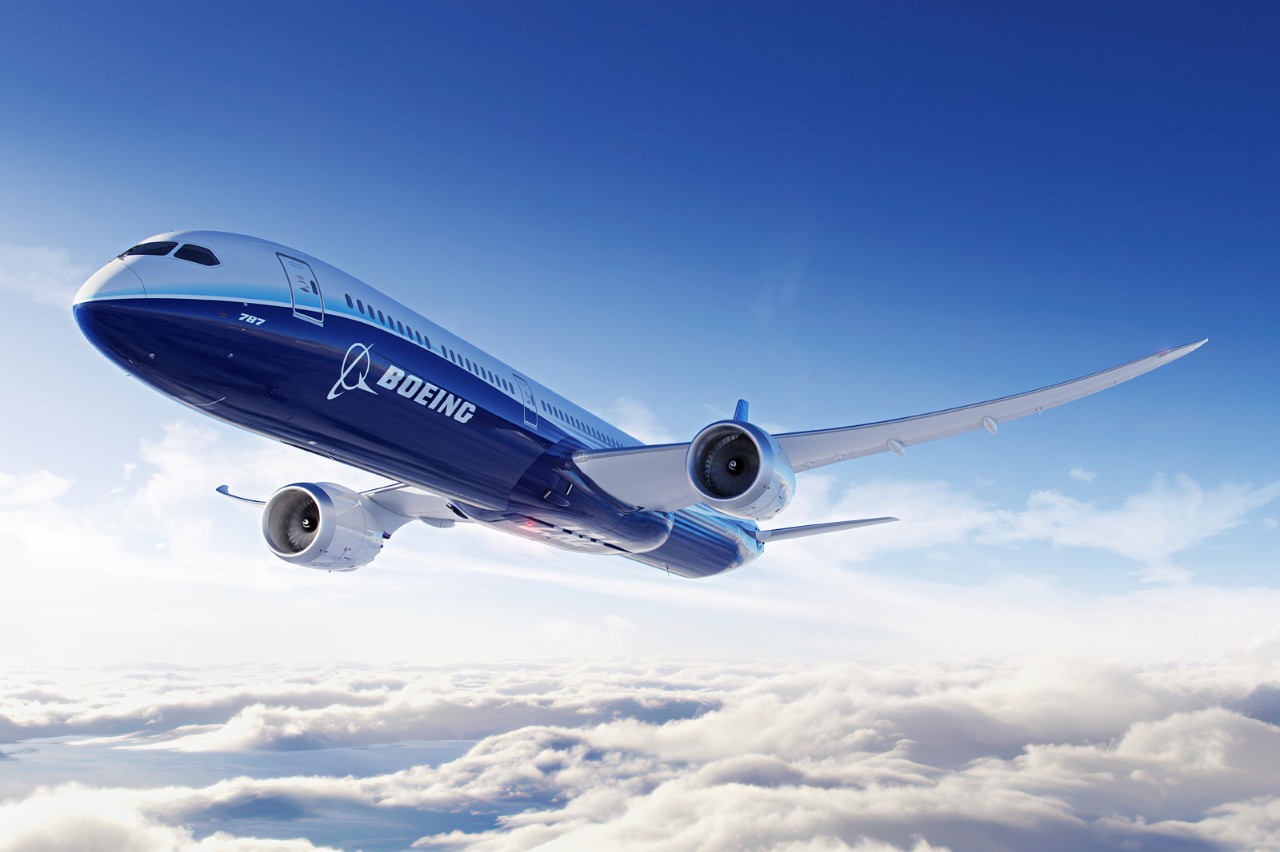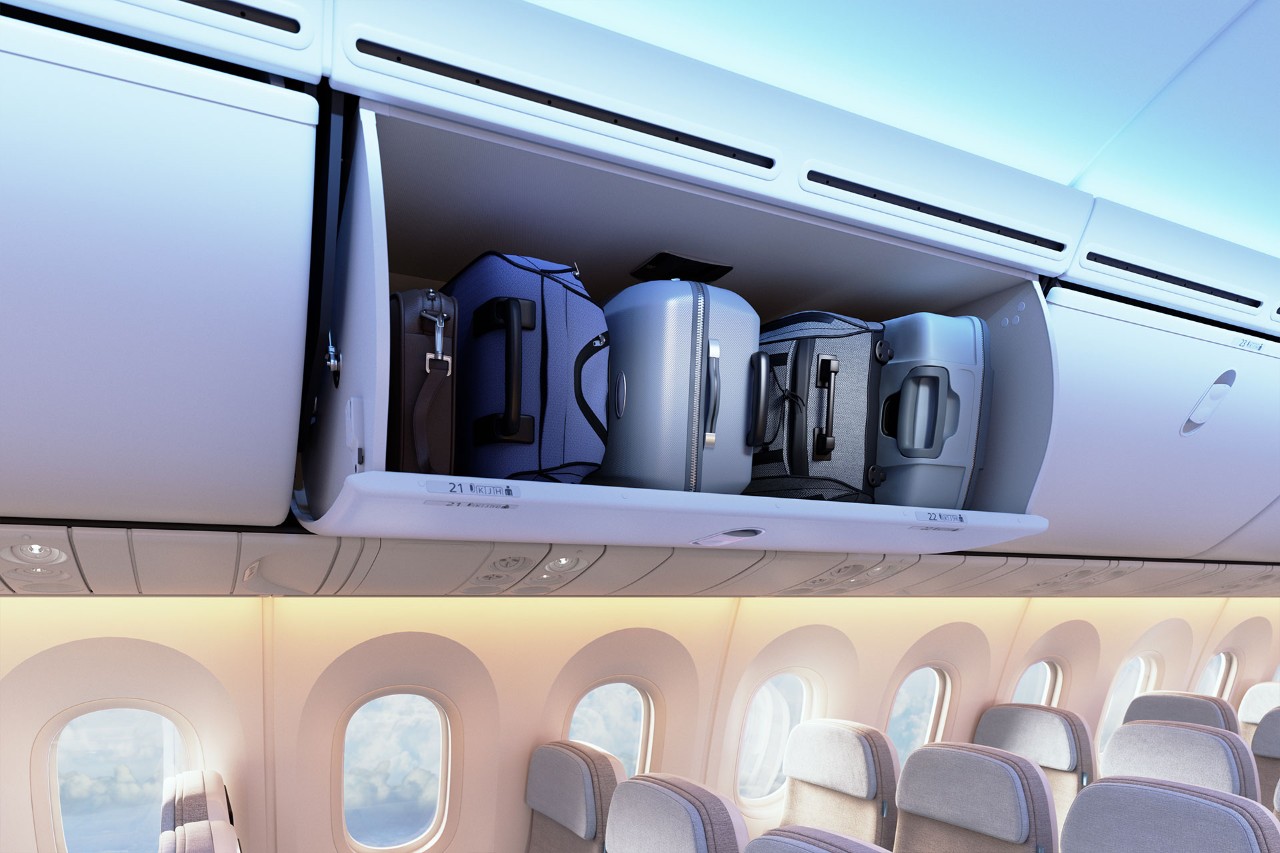
Experience the 787 Dreamliner difference where efficiency meets innovation
In response to airline input, Boeing designed the 787 with superior efficiency and versatility so airlines can open new, nonstop routes, expand network growth and fly people directly where they want to go, when they want to go in exceptional comfort.
- A dream to experience - comfort and convenience deliver exceptional passenger experiences
- A dream to operate - aerodynamic efficiency and resilient materials deliver preferred performance
- The dream continues - new routes and network expansion opportunities deliver profitability and flexibility for airlines while providing direct flights to desired destinations for passengers
A dream to experience
Boeing created a better flying experience with its 787 Dreamliner family by combining its unique understanding of how the human body reacts to flight conditions and how emerging technologies can improve those conditions
- Spacious cabin
- Better lighting
- Largest windows in the sky
- Quieter cabins
- Improved cabin environment
- Smoother Ride Technology
- Large overhead bins
A dream to operate
The 787 Dreamliner features a state-of-the-art flight deck that balances commonality with the latest enhancements. New technologies are integrated while maintaining a significant amount of commonality with other Boeing airplanes. Familiar Boeing controls, displays and procedures all support shorter transition periods to the 787 from other Boeing family members, enabling efficient Mixed Fleet Flying.

- Quieter takeoffs and landings
- Designed and built sustainably
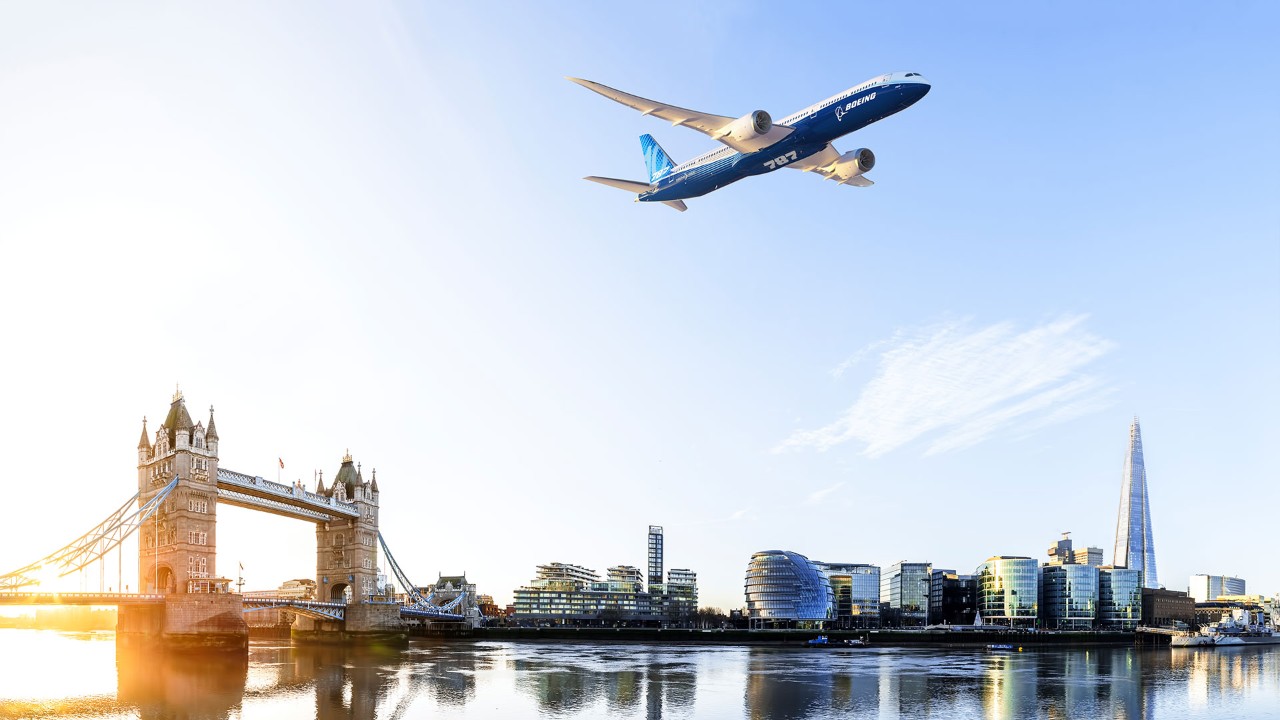
The 787 Dreamliner family incorporates a number of newer technologies. The noise footprint of the 787 is up to 60 percent smaller than those of the airplanes it will replace, and acoustically treated aerodynamic surfaces make it quieter for surrounding communities.

The 787 Dreamliner is designed and built with a sustainable product lifecycle in mind. Assembled in South Carolina at a net-zero emissions manufacturing facility, the primarily composite structure, advanced aerodynamics, and efficient engines deliver up to 25% lower fuel use than the airplanes it replaces. At the end of the airplane's service life, a portion of the materials used to build the 787 can be recycled. Boeing continues to research further recycling opportunities and composites.
The dream continues
Broad coverage that opens new markets
The 787 Dreamliner family has received over 2,000 orders from more than 89 customers on six continents—Africa, Asia, Australia, Europe, North America and South America.
The unparalleled fuel efficiency and range flexibility of the 787 helps airlines optimize their fleets and networks while opening new nonstop routes. Since entering service in 2011, the 787 has launched over 425 new direct routes — connecting passengers to more destinations with the comfort and convenience they expect from the 787 Dreamliner family.
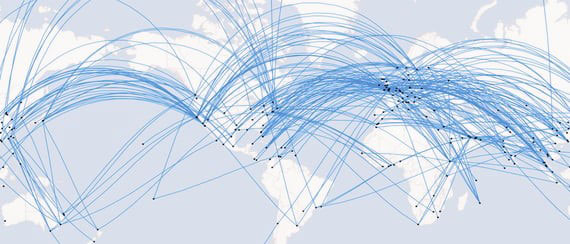
The 787 Dreamliner family offers longer range capability
- Buenos Aires
- Dubai
- London
- New York
- Seattle
- Hong Kong
- Tokyo
- Los Angeles
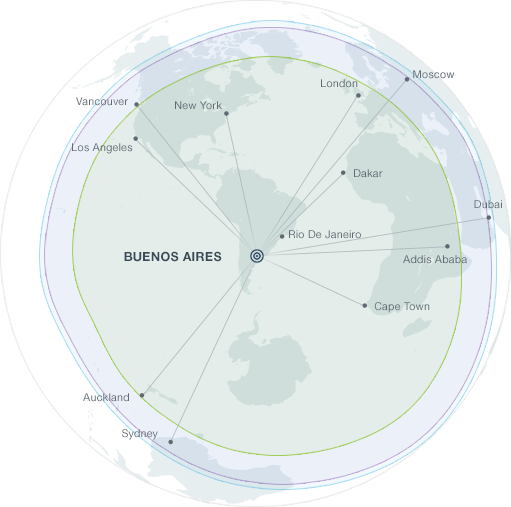
787-8
227,950-kg (502,500-lb) MTOW
248 two-class passengers
787-9
254,700-kg (561,500-lb) MTOW
296 two-class passengers
787-10
254,000-kg (560,000-lb) MTOW
336 two-class passengers
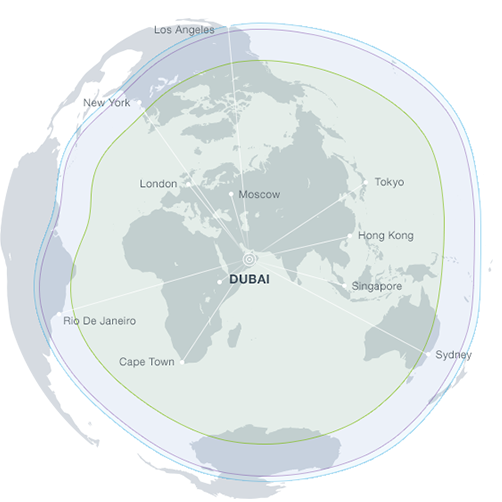
787-8
227,950-kg (502,500-lb) MTOW
248 two-class passengers
787-9
254,700-kg (561,500-lb) MTOW
296 two-class passengers
787-10
254,000-kg (560,000-lb) MTOW
336 two-class passengers
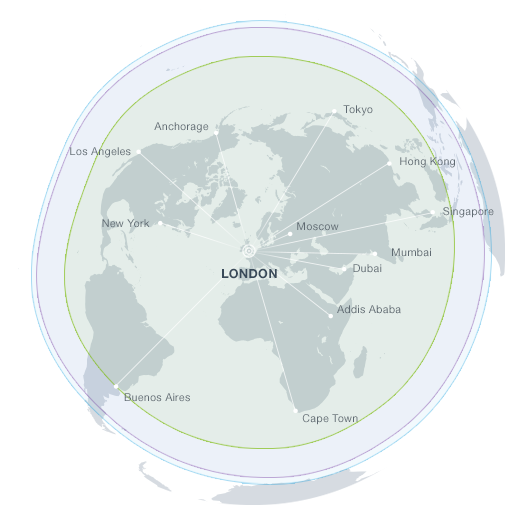
787-8
227,950-kg (502,500-lb) MTOW
248 two-class passengers
787-9
254,700-kg (561,500-lb) MTOW
296 two-class passengers
787-10
254,000-kg (560,000-lb) MTOW
336 two-class passengers
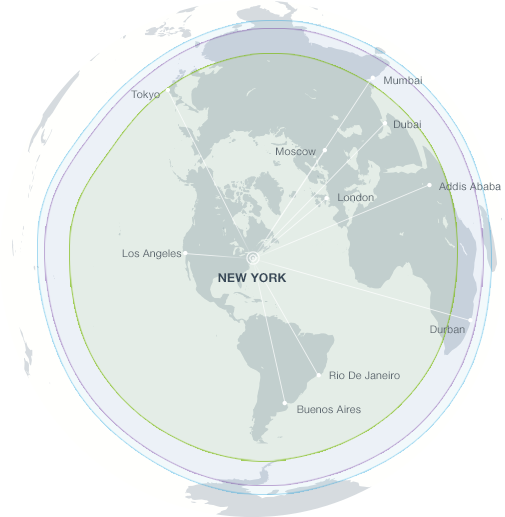
787-8
227,950-kg (502,500-lb) MTOW
248 two-class passengers
787-9
254,700-kg (561,500-lb) MTOW
296 two-class passengers
787-10
254,000-kg (560,000-lb) MTOW
336 two-class passengers
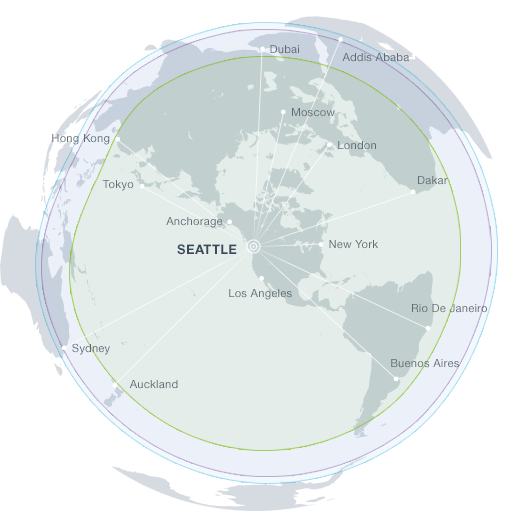
787-8
227,950-kg (502,500-lb) MTOW
248 two-class passengers
787-9
254,700-kg (561,500-lb) MTOW
296 two-class passengers
787-10
254,000-kg (560,000-lb) MTOW
336 two-class passengers
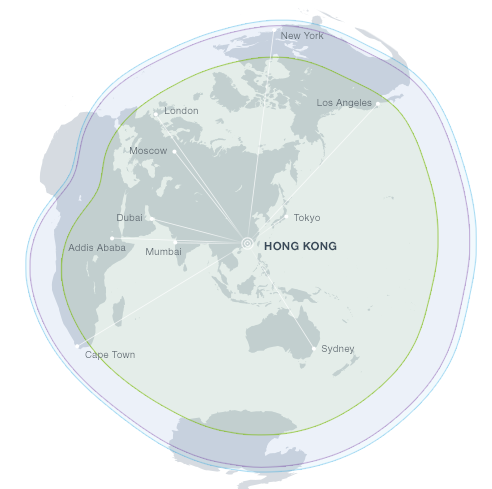
787-8
227,950-kg (502,500-lb) MTOW
248 two-class passengers
787-9
254,700-kg (561,500-lb) MTOW
296 two-class passengers
787-10
254,000-kg (560,000-lb) MTOW
336 two-class passengers

787-8
227,950-kg (502,500-lb) MTOW
248 two-class passengers
787-9
254,700-kg (561,500-lb) MTOW
296 two-class passengers
787-10
254,000-kg (560,000-lb) MTOW
336 two-class passengers
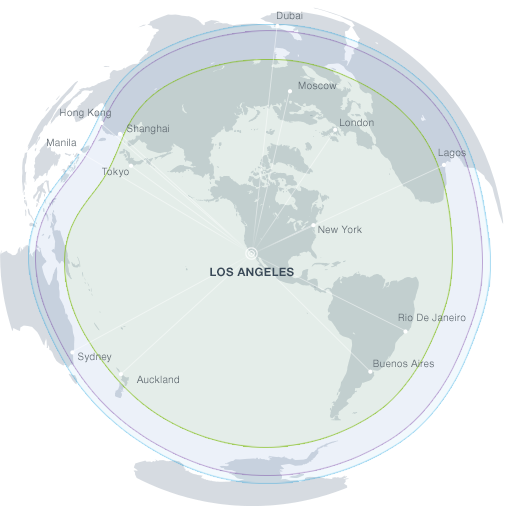
787-8
227,950-kg (502,500-lb) MTOW
248 two-class passengers
787-9
254,700-kg (561,500-lb) MTOW
296 two-class passengers
787-10
254,000-kg (560,000-lb) MTOW
336 two-class passengers
Characteristics
- 787-8
- 787-9
- 787-10

248 passengers
2-Class Seating
60 M / 197 ft
WINGSPAN
57 M / 186 ft
LENGTH
17 M / 56 ft
HEIGHT
7,305 nmi / 13,530 km
RANGE

296 passengers
2-Class Seating
60 M / 197 ft
WINGSPAN
63 M / 206 ft
LENGTH
17 M / 56 ft
HEIGHT
7,565 nmi / 14,010 km
RANGE

336 passengers
2-Class Seating
60 M / 197 ft
WINGSPAN
68 M / 224 ft
LENGTH
17 M / 56 ft
HEIGHT
6,330 nmi / 11,730 km
RANGE
